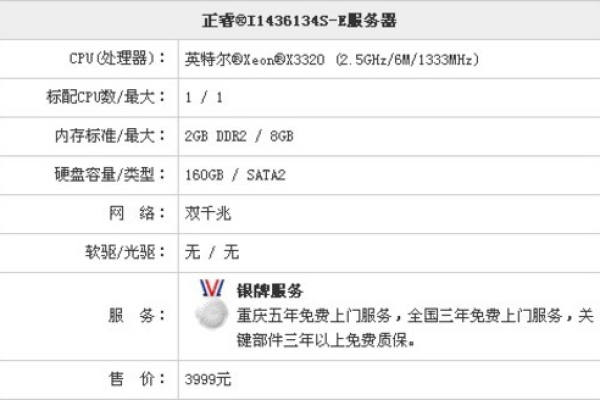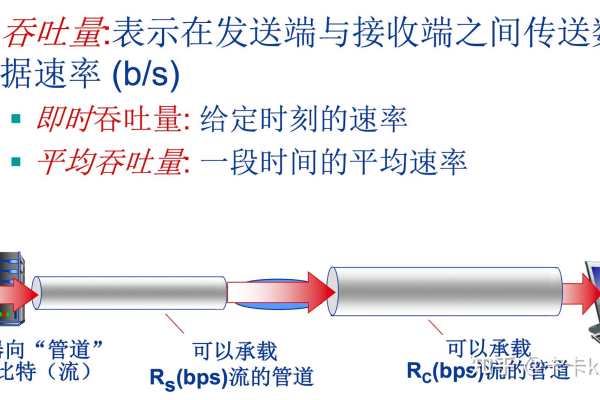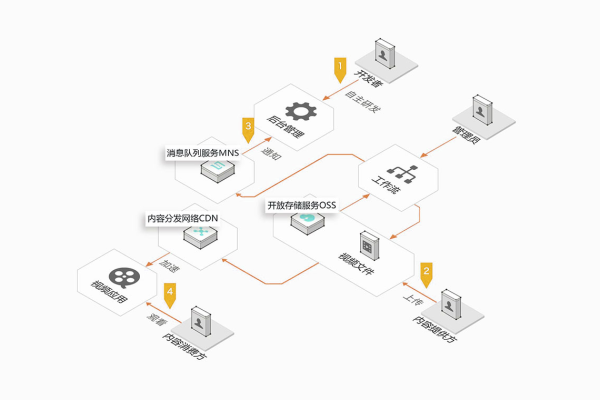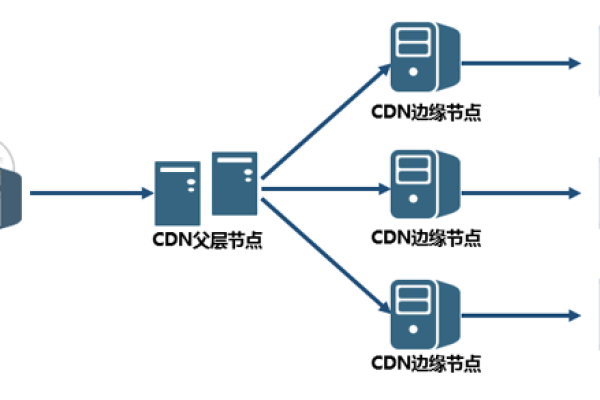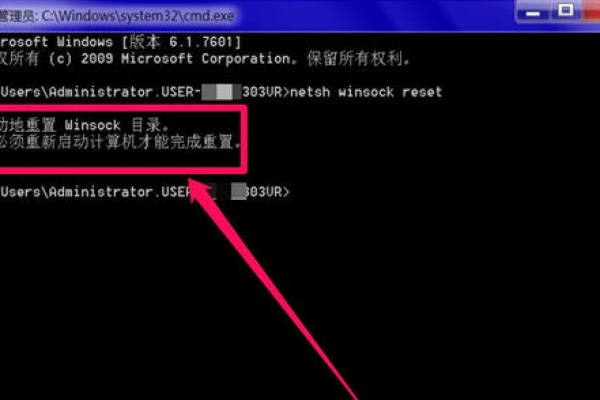DER数字证书详解
- 行业动态
- 2025-04-03
- 3
DER(Distinguished Encoding Rules,可分辨编码规则)是一种二进制编码格式,广泛应用于数字证书的存储和传输,以下是对DER数字证书的详细解释:
DER数字证书的基本概念
DER是一种基于ASN.1(Abstract Syntax Notation One,抽象语法记法)标准的二进制编码格式,用于精确、无歧义地表示数据结构,在数字证书领域,DER编码被广泛用于将证书信息转换为紧凑、高效的二进制形式,便于存储和传输。
DER数字证书的结构
DER数字证书通常包含以下核心部分:
1、版本号:标识证书的版本,如X.509 v3。
2、序列号:唯一标识证书的序列号,由CA分配。
3、签名算法标识符:指定用于签署证书的算法。
4、发行者名称:证书颁发机构(CA)的名称。
5、有效期:证书的有效起始和结束日期。

6、主题名称:证书持有者的名称。
7、主题公钥信息:包括公钥及其算法标识符。
8、扩展字段:可选字段,提供额外的信息,如密钥用途、基本约束等。
9、签名值:CA对证书内容的签名,用于验证证书的真实性。
DER与PEM的区别
虽然DER和PEM都用于表示数字证书,但它们之间存在显著差异:
1、编码方式:DER是二进制编码格式,而PEM是Base64编码的纯文本格式。

2、紧凑性:DER编码更为紧凑,适合存储和传输;而PEM编码则更便于阅读和编辑。
3、使用场景:DER常用于系统内部处理和网络传输;而PEM则常用于配置文件、脚本和日志中。
DER数字证书的应用
DER数字证书在网络安全领域具有广泛的应用,包括但不限于:
1、身份验证:通过验证证书持有者的身份,确保通信双方的真实性。
2、加密通信:使用证书中的公钥进行加密通信,保护数据传输的安全性。
3、数字签名:用于验证数据的完整性和来源,防止数据被改动或伪造。

FAQs
1、问:DER编码的数字证书如何转换为PEM格式?
答:可以使用OpenSSL等工具将DER编码的数字证书转换为PEM格式,使用命令openssl x509 -inform der -in certificate.der -outform pem -out certificate.pem即可完成转换。
2、问:为什么数字证书需要使用DER编码?
答:DER编码提供了一种紧凑、高效的二进制表示方法,适合用于存储和传输数字证书,它能够确保证书信息的精确性和完整性,同时减少存储空间和传输带宽的占用,DER编码还支持多种编程语言和平台,便于实现跨平台的证书处理功能。
